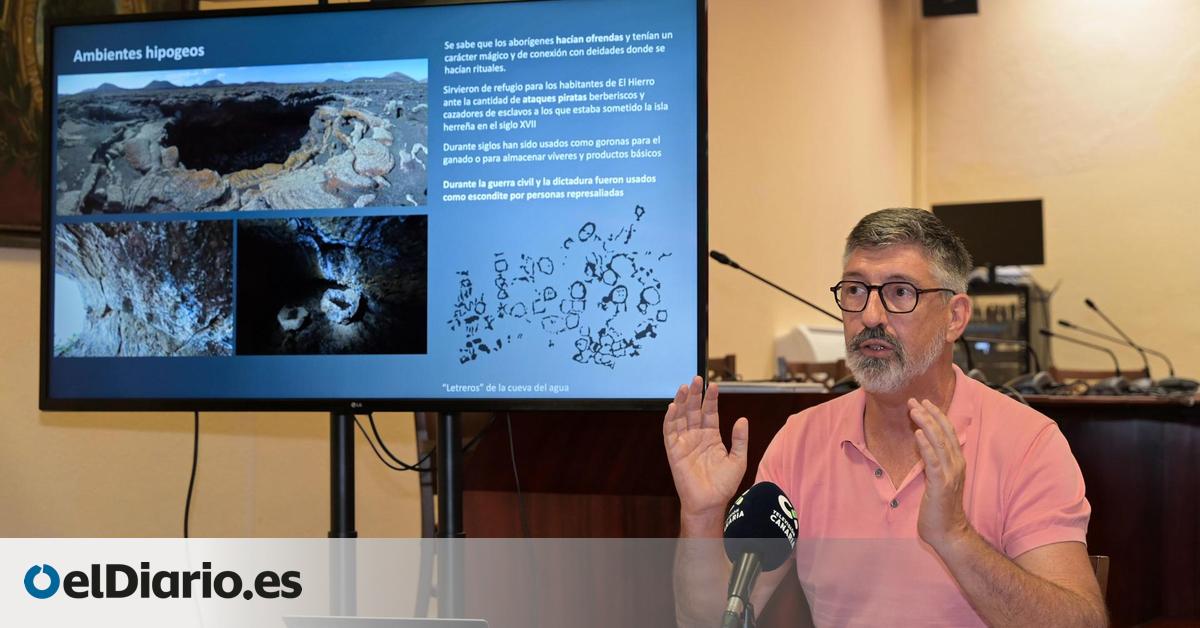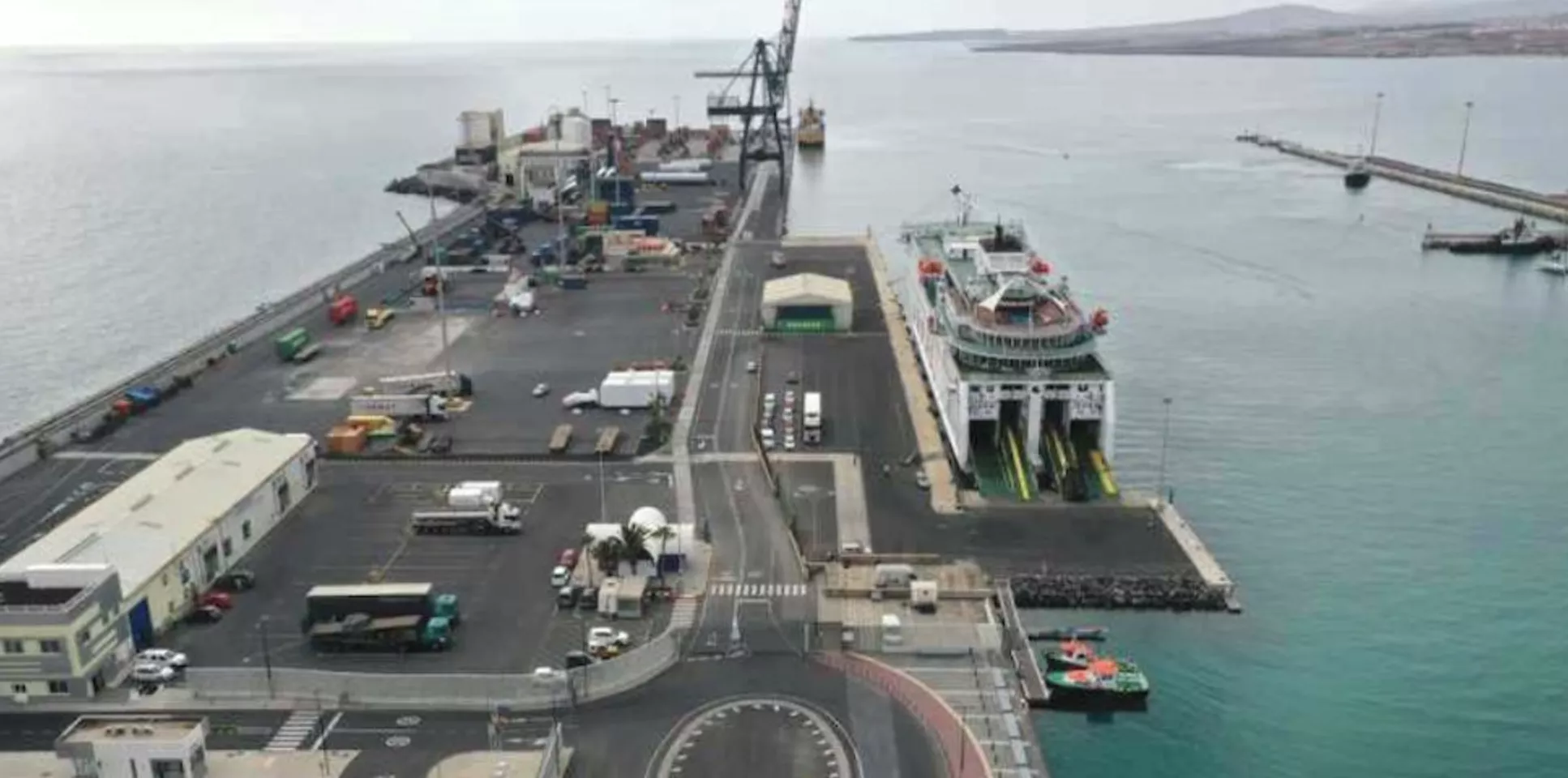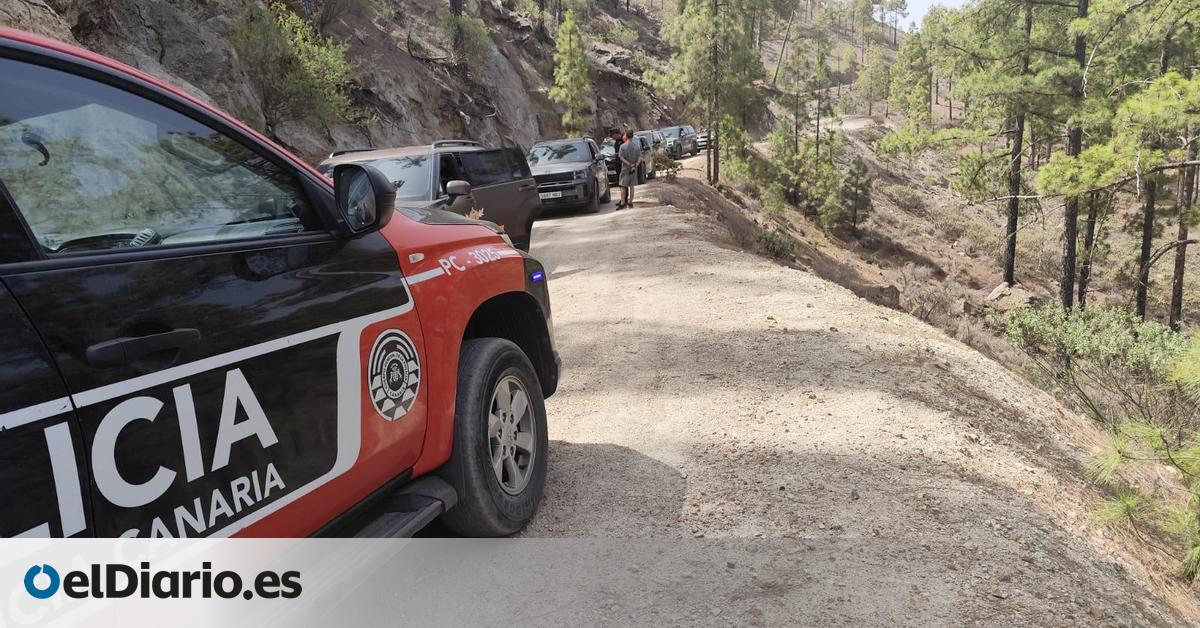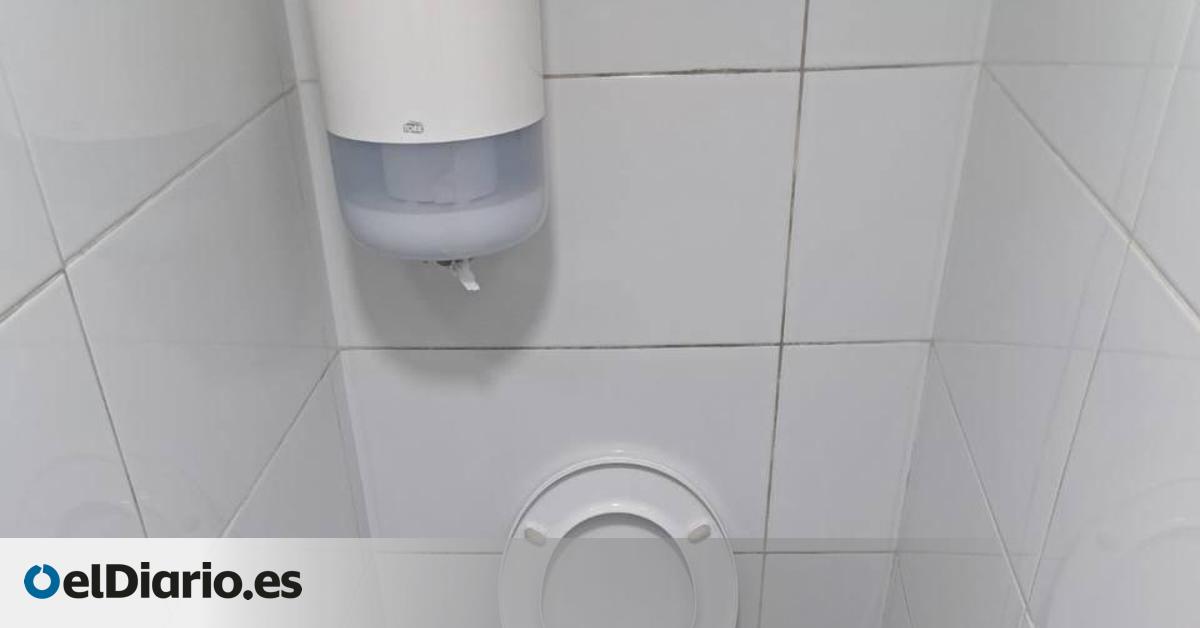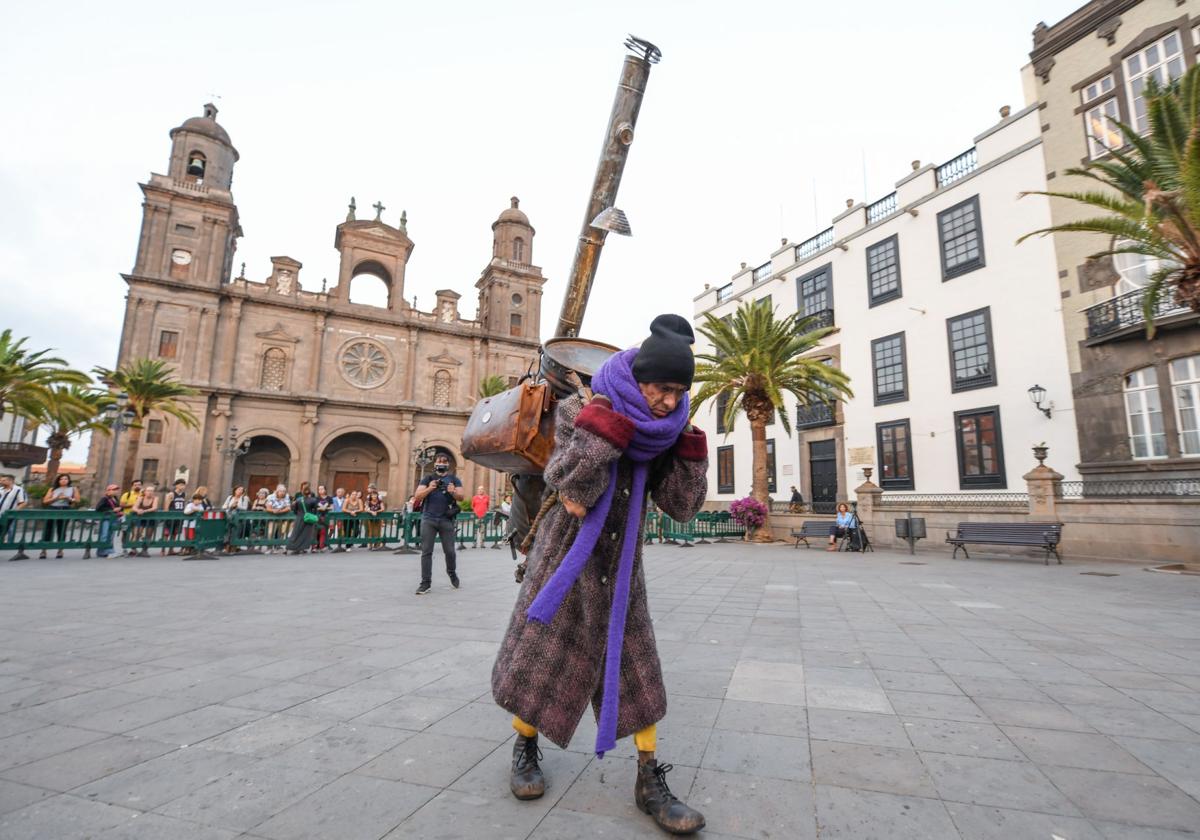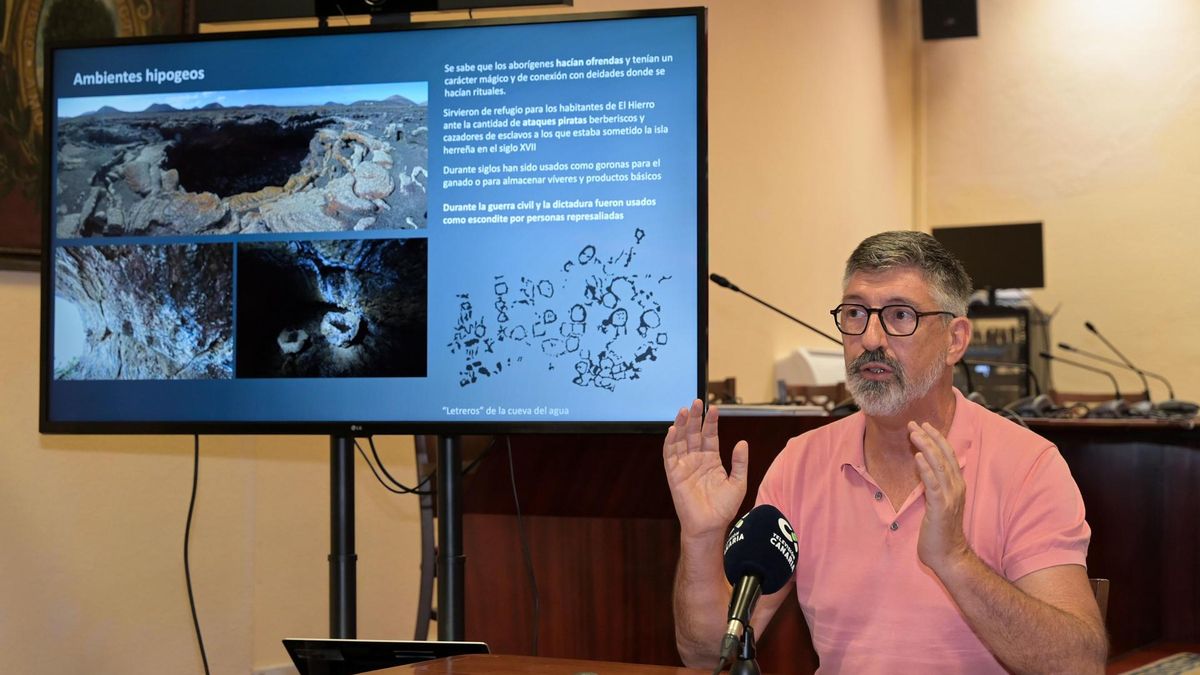
Thanks to this study, the presence of 35 species of aerophytic diatoms has been detected, from 30 genera, of which four have not yet been described.
A research project from the University of Las Palmas de Gran Canaria (ULPGC), in collaboration with the Biosphere Reserve and Geopark El Hierro, has discovered four new species of endemic algae located in different volcanic tubes on the island.
The researchers will propose that one of these species is named after a prominent figure from Herreño folklore, Valentina la de Sabinosa.
The study was presented this Monday by the president of the Cabildo of El Hierro, Alpidio Armas, the manager of the Biosphere Reserve and Geopark, Yurena Pérez, and the doctor from the Canary Observatory of Harmful Algae EOMAR Ecoaqua Group at the University of Las Palmas de Gran Canaria, Emilio Soler.
The study has been conducted over the last year and a half in 9 volcanic tubes and caves, out of the 102 that El Hierro has.
Image of the new species of endemic algae from the island of El Hierro, located in different volcanic tubes of the island, in a research study carried out by the Biosphere Reserve and Geopark El Hierro in collaboration with the University of Las Palmas de Gran Canaria (ULPGC).
According to the island president, this is “a unique study in the world that comes to highlight again our rich geological and natural heritage, in this case with the less visible aspects on the surface, within volcanic cavities that are also part of our history and cultural heritage, linked to, among others, herding and the struggle against the aftermath of the Civil War on our island”.
In this regard, Armas noted that protective measures should be adopted at the island level for these caves and volcanic tubes with such scientific and cultural value, for which he expressed gratitude for the research work undertaken.
The researcher from the Canary Observatory of Harmful Algae EOMAR Ecoaqua Group of ULPGC explained that El Hierro is the island with the highest density of volcanic tubes per square kilometre of surface in the world.
“The advantage of El Hierro is that, being such a high island in relation to its surface, we have the possibility of studying at different heights, from 1,300 to 100 metres, and also different orientations, with trade winds and without them, with humidity and without humidity, which has allowed us to compare them. I believe this is the first study done in the world at this level, comparing several volcanic tubes in the same location”, explained Soler.
Thanks to this study, the presence of 35 species of aerophytic diatoms that grow in extreme environments has been detected, from 30 genera, of which four have not yet been described, “they are new to science and are so specific that they do not grow in all tubes, so we are talking about possible Canarian or Herreño endemics”, assured the scientist.
“They are, furthermore, paleoclimatic relics”, so the scientist called for the conservation of this heritage against the effects of climate change and human action, “to avoid losing a large part of a diversity that remains invisible to our eyes”.
According to Soler, the four discovered species will bear names related to first-level cultural aspects of the island of El Hierro in homage to Valentina “la de Sabinosa”, a symbol of Herreño folklore, the island’s primary name, Ezeró, or relating to their morphology, Corniculata or Vulcana.
The final four names will be published in scientific journals to formalise them, as he explained.


